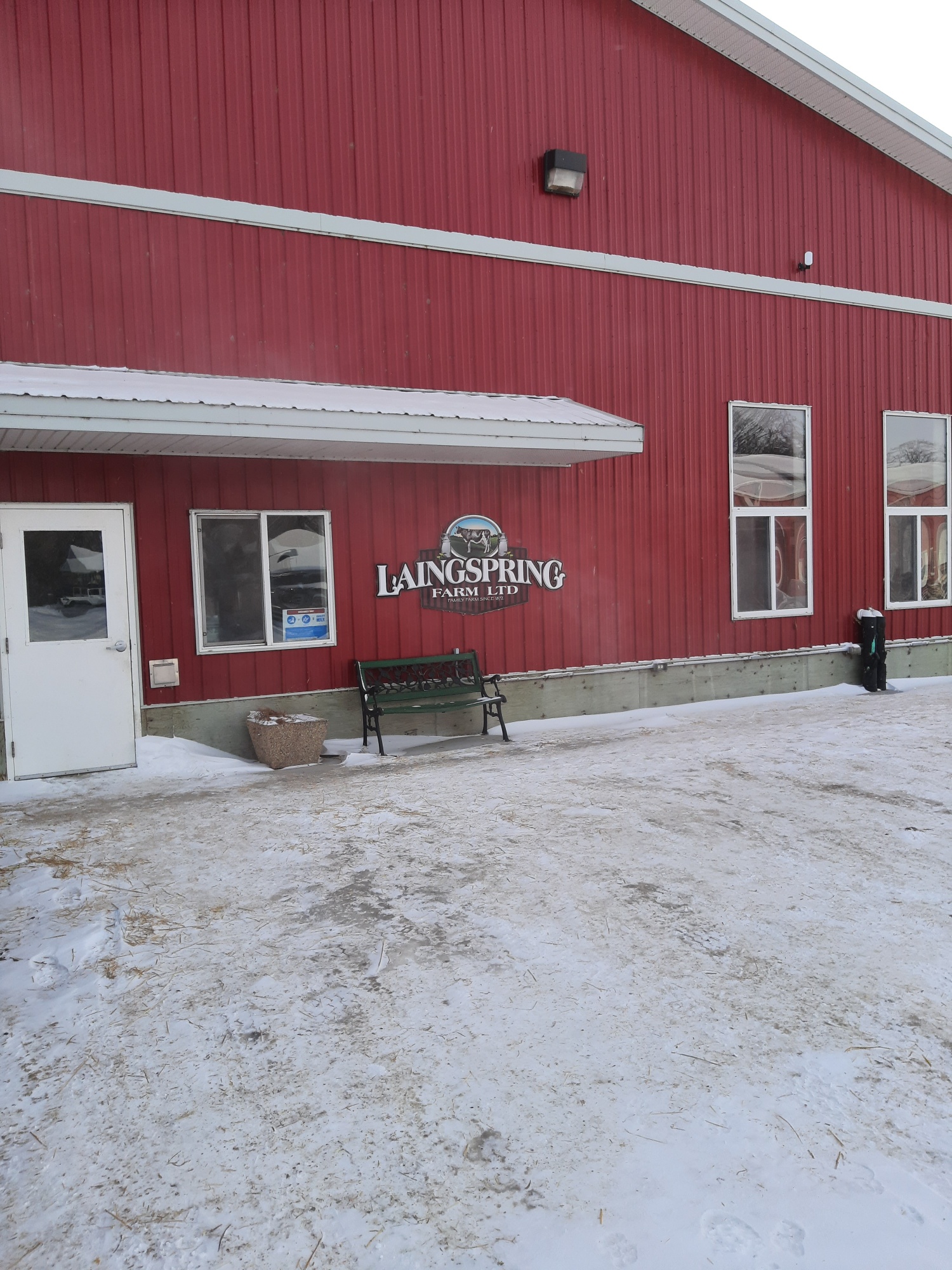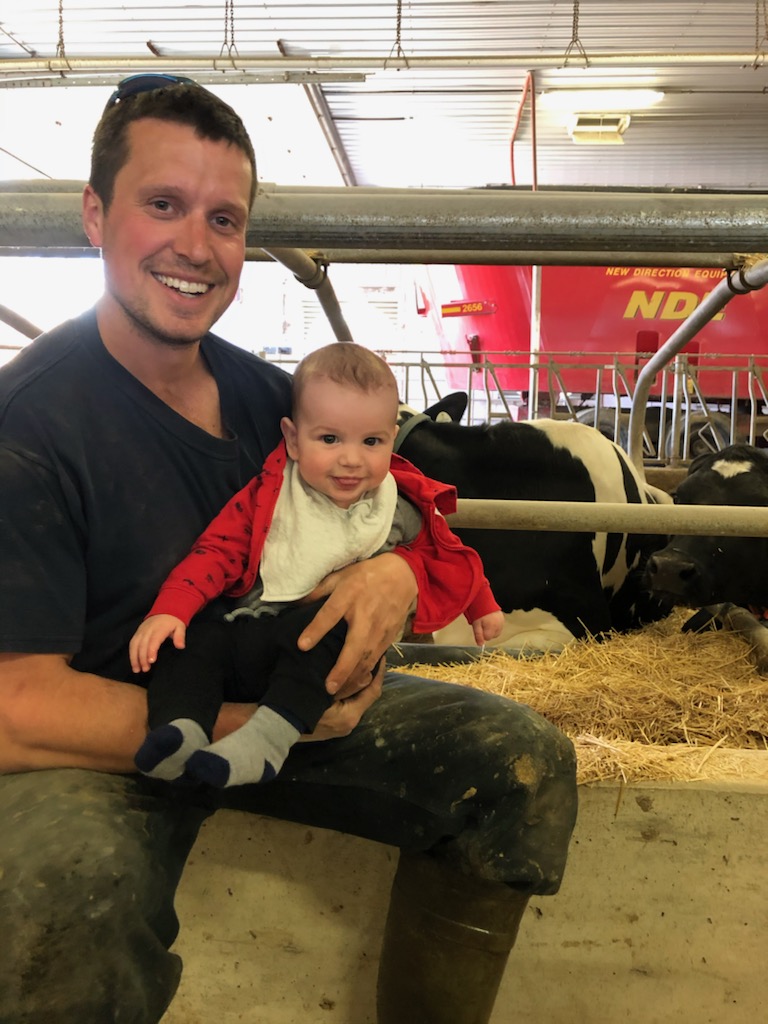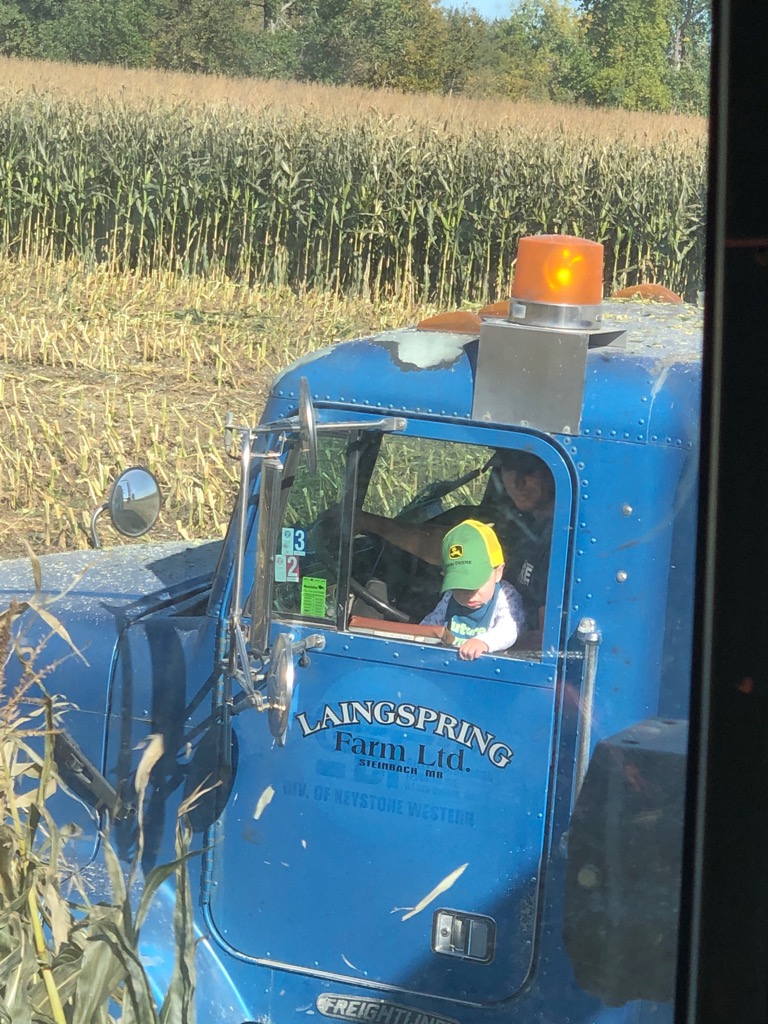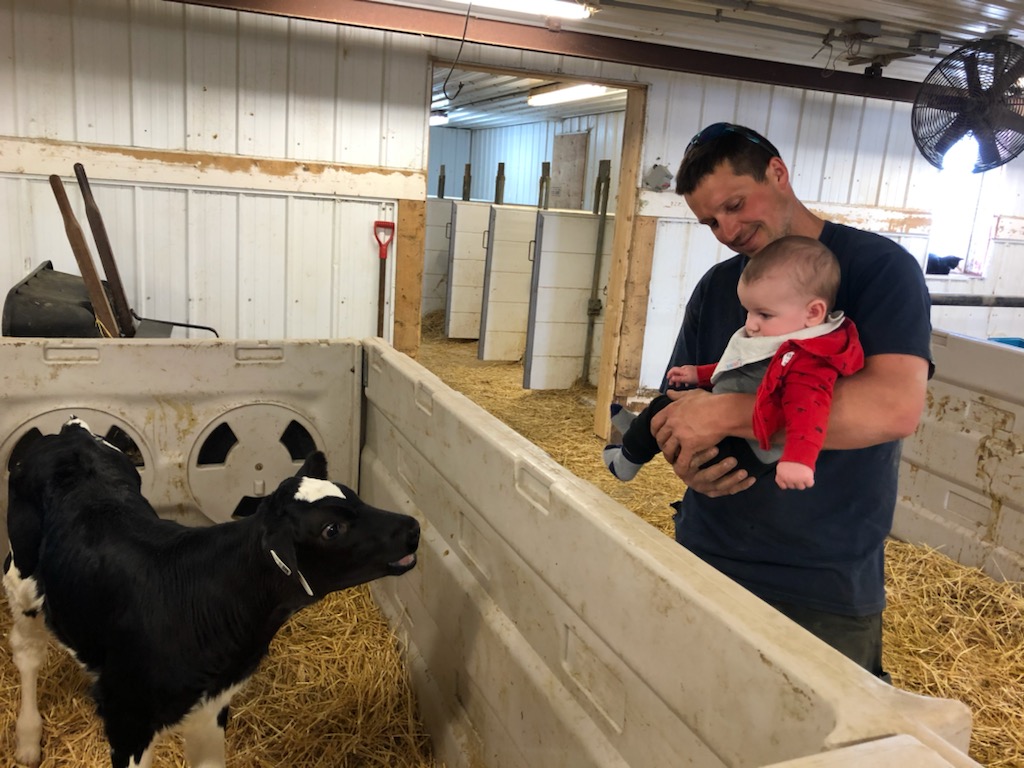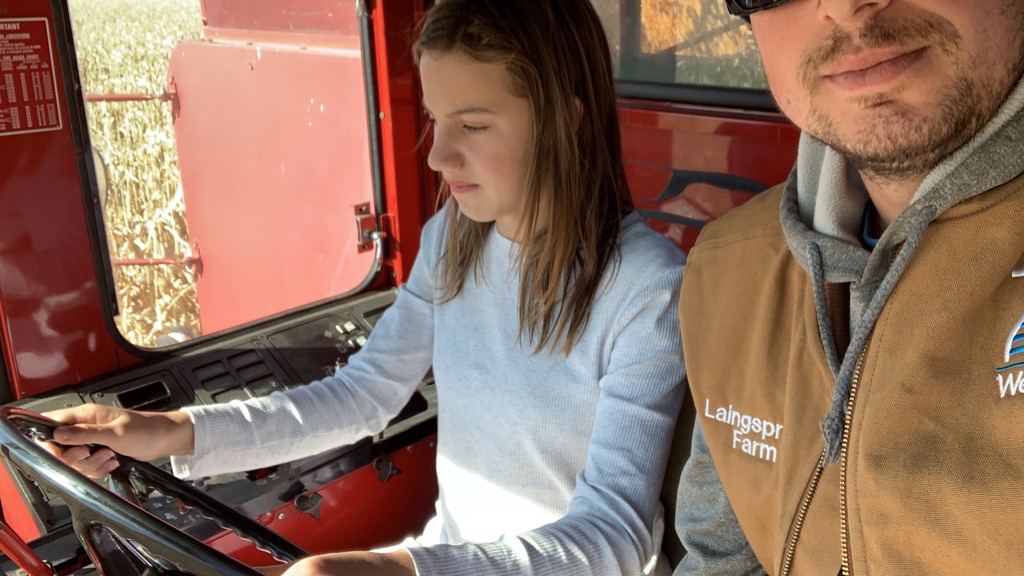Laingspring Farm has been operating in southeastern Manitoba for over a century. A new corporation was established in 2013 when the latest generation of Laings added their 2 sons into their partnership.
Currently farm runs a semi-free flow barn with 4 DeLaval Robots. On average the milking herd consists of 235 head producing between 1.4-1.5kg Fat/day.
All forages needed are grown for both the milking animals and dairy replacements. 1100 acres farmed with about 60% required for forage production and 40% for grain production. Some forages grown in recent years are:
Corn Silage, Alfalfa, Fall Rye, Italian Rye, Sorghum, Oats, Barley.
Improvements to management have been made by dividing the operation into separate business units which allows managers to have more focus on the individual sector of the farm they are responsible for. This makes separate areas of farm become more efficient. A manager is encouraged to challenge themselves in their own sector by learning from other farms and areas of practice who are doing a better job than themselves. Taking real advice from successful people and applying it on farm can have huge impacts.
Some tools and practices used currently to drive genetic gain are: using Semex Elevate to genomic test every female replacement born. The current structure has also gone away with using conventional dairy semen entirely. The system is as follows:
Flush high end genomic females and implant into heifers. Conception at high percentages hasn’t been achievable using milking cows as a recipient. Heifers have been able to achieve a 60% avg.
Remainder of heifers that did not receive an implant get bred to sexed semen. The target is to get 85% bred by ET or sexed semen. The other 15% get cleaned up by a herd bull. One note of clarification, conventional semen is sometimes used when flushing in order to produce male offspring which are marketed for breeding bulls. The sales of breeding bulls offsets the flushing costs.
The Milk Cows get bred to either Beef or sexed semen. The current rate has shows approximately 70% of the milking herd being bred to beef with 30% (often first lactation animals) being bred to sexed semen. Every 2 weeks we recalculate at herd health, to make sure that we are achieving enough pregnancies to address our female replacement needs. The goal is to raise only what we need as the market for replacements is often poor and feed costs continue to climb.
The introduction of a terminal beef cross on dairy cows into the breeding program has grown calf sales from $10k to $30k annually. An additional benefit is this practice of producing only a small buffer of extra replacements is reducing forage requirements from heifers as well as reducing an overcrowding problem. We are looking forward to trying some sexed beef products too with WestGen with the hope that fertility results will be similar to sexed dairy semen. After all the male calves are worth considerably more and would increase the growing profit centre from the calf sales even further.
“These Genetics goals have all been brought forward by having proactive consultative conversations with our WestGen team” emphasizes Tyrone Laing, who manages the dairy herd and the breeding decisions. “Good relationships and good proactive goals will continue to make the farm more profitable”, he reasons.
WestGen is a proud partner with the Laingspring team as well!



